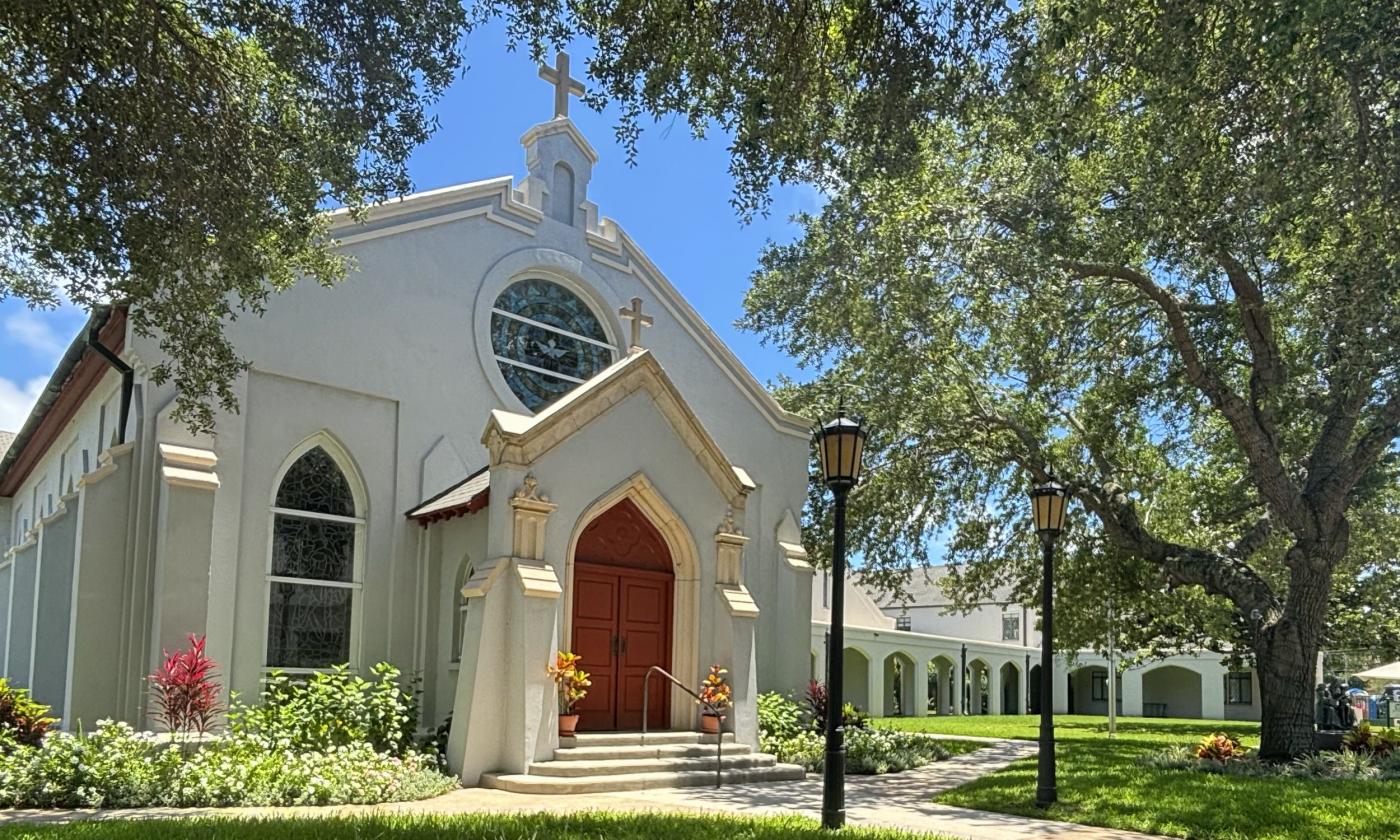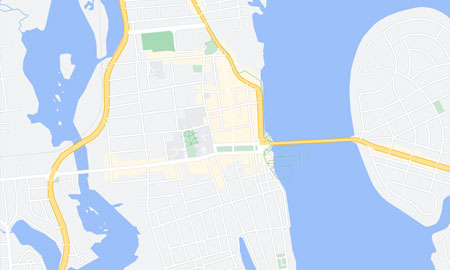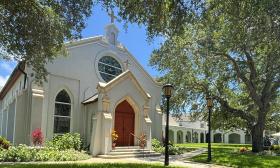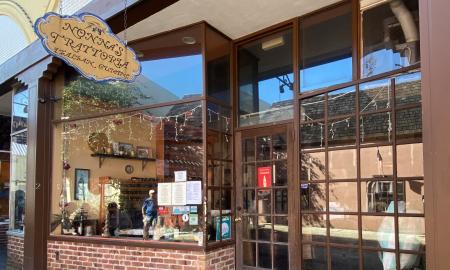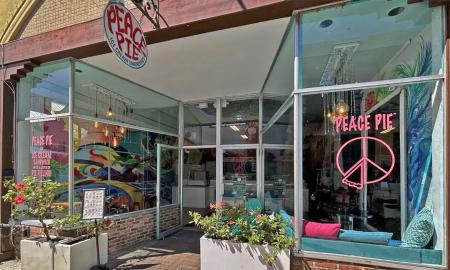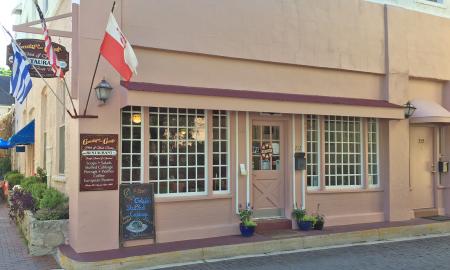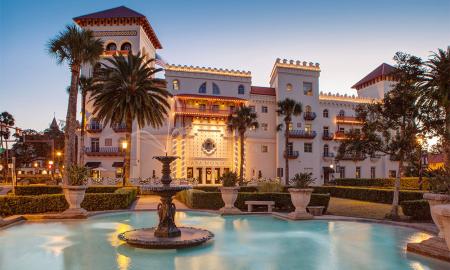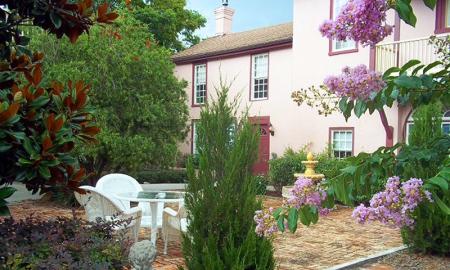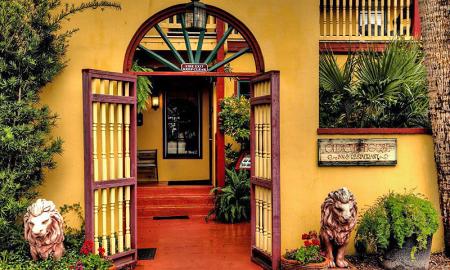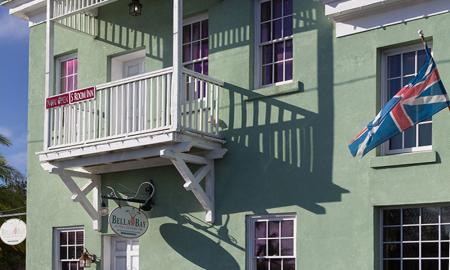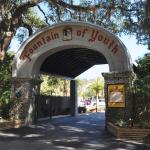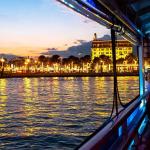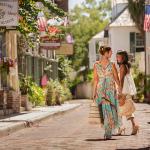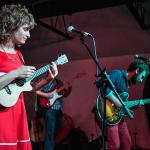Trinity Parish Episcopal Church
(904) 824-2876 Across from the Plaza
215 St. George Street
St. Augustine, FL 32084
Serving St. Augustine for More Than 200 Years
Founded in 1821, Trinity Parish Episcopal Church is the oldest Protestant church in Florida, standing prominently on the southern edge of St. Augustine’s Plaza de la Constitución. While its roots are deep in the city’s spiritual and civic history, Trinity Parish remains an active house of worship with a growing congregation.
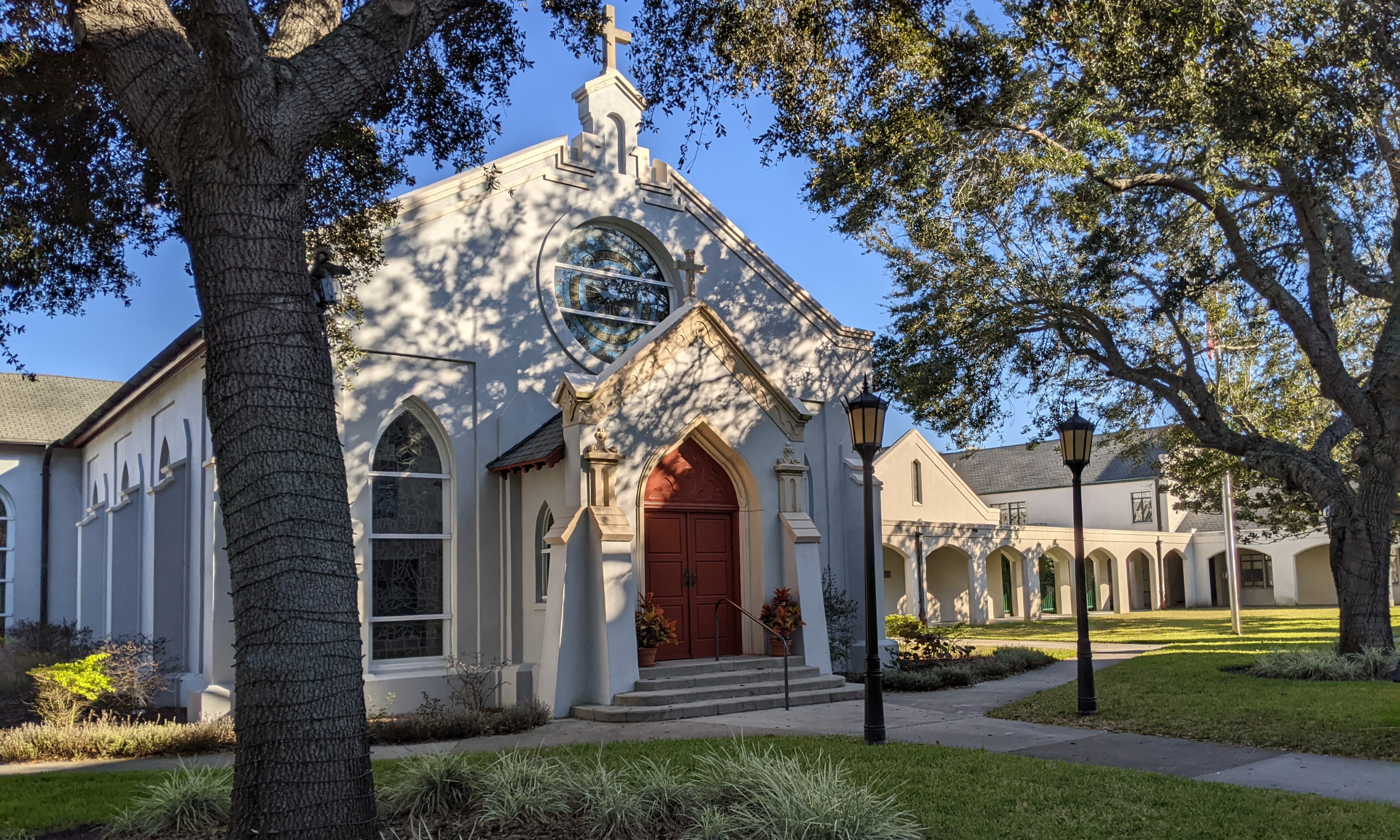
A Church Founded on Faith and Service
Trinity Parish’s roots trace back more than 50 years before its founding, during a time when Florida was a Spanish colony and Roman Catholicism was the only sanctioned religion. Protestantism first arrived with the British in 1764, when Reverend John Forbes became the first Protestant clergyman to serve in St. Augustine. Early services were held in abandoned Spanish buildings, and a short-lived Anglican church on St. George Street is often considered Trinity’s predecessor.
In 1821, Reverend Andrew Fowler came to St. Augustine during a yellow fever outbreak. Despite quarantine warnings, the 61-year-old minister insisted on coming ashore to offer comfort to the sick and dying. His compassion left a lasting impact, and he soon urged the Episcopal Church to establish a permanent congregation in the city. Trinity Parish was incorporated in 1823, and construction began two years later. Rev. Mellish Motte officially incorporated Trinity Parish (simply referred to as "the Episcopal Church" in historical records) in 1823. The first cornerstone was laid in 1825. Parishioners, including several prominent early Floridians, helped complete the original coquina structure, which was consecrated in 1834.
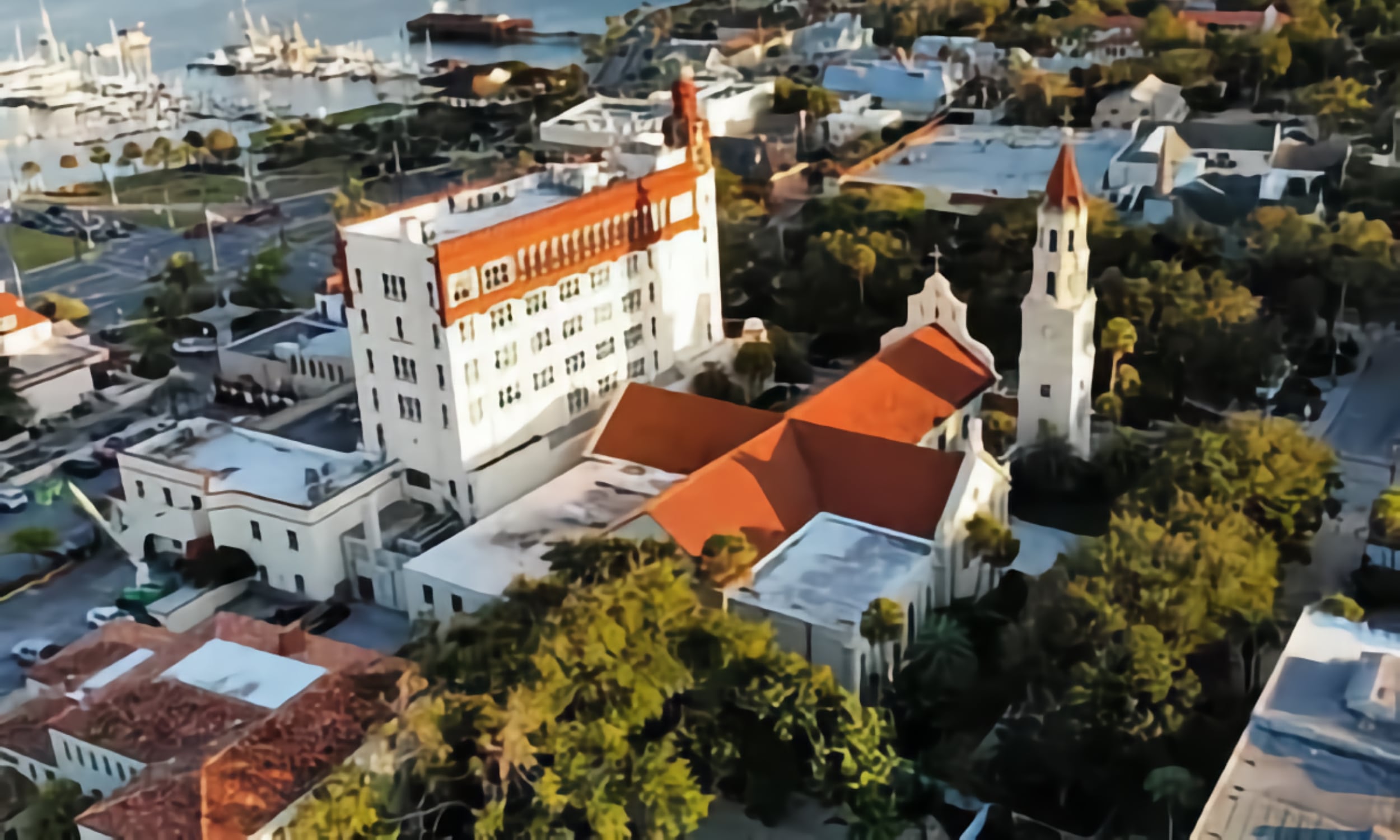
Resilience Through Conflict and Change
Florida was third to secede from the United States of America, doing so in January of 1861. The war-torn years that followed took a toll on the city of St. Augustine and Trinity Parish. Trinity remained open during the Civil War, with records noting irregular services. In that time, three Civil War generals—two Confederate, one Union—were baptized at Trinity, a symbol of the city’s divided loyalties. After the war, Trinity served as a place of peace and unity during Reconstruction.
During her 1873 visit to St. Augustine, author Constance Fenimore Woolson attended an Easter service at Trinity, writing:
"The church stood on the Plaza; it was small, but beautiful and complete, with chancel and memorial windows of stained glass. Flowers adorned it, intertwined with the soft cloudy gray moss ... Not the least impressive incident, at least to Northern eyes, was the fact that the ranks of the children singing, "Onward, Christian soldiers," were headed by an officer in the United States uniform ... And when, in reading his report, the superintendent bowed his head in acknowledgment of the rector's cordial aid and sympathy, those who know that the rector had been himself a soldier all through those four long years, and fighting, too, on the other side, felt their hearts stirred within them to see the two now meeting as Christian soldiers, bound together in love for Christ's kingdom, while around them, bearing flower-crowned banners, stood children both from the North and from the South, to whom the late war was as much a thing of the dead past as the Revolution of seventy-six."
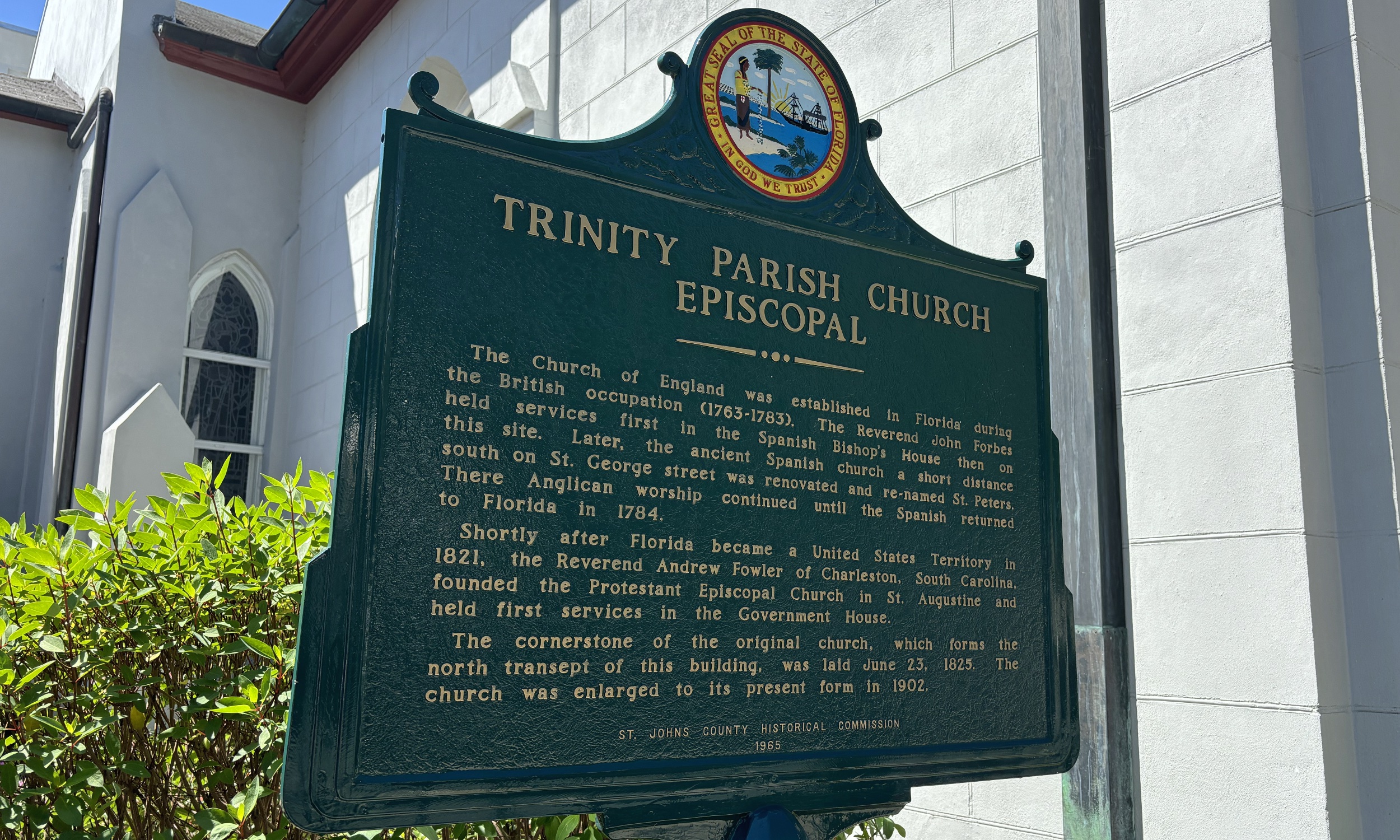
Rebuilding and Renewal
In the early 1900s, Trinity underwent major renovations to accommodate a growing congregation. The church was essentially rebuilt into the cruciform structure seen today. Its 1903 re-dedication marked a new era of growth, community, and architectural significance.
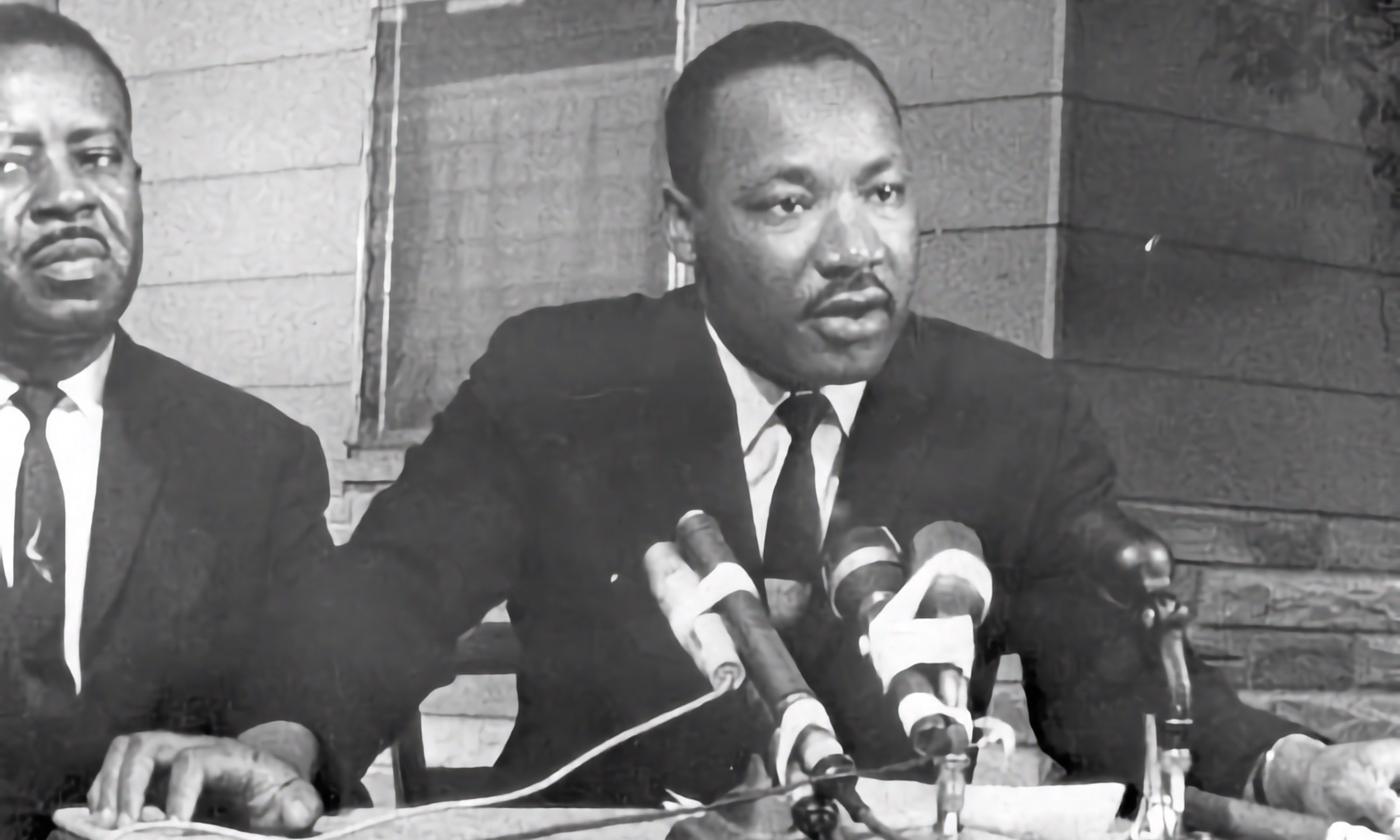
Civil Rights and Inclusion
In 1964, Trinity Parish became the first white Episcopal church in St. Augustine to welcome Black worshipers. This act of inclusion was led by Rev. Charles Seymour, whose advocacy for integration came at personal cost. He was forced to resign, but his legacy lives on in a garden and courtyard dedicated in his honor. That spring, summons by local activists led to a collaboration with Dr. Martin Luther King Jr.'s Southern Christian Leadership Conference (SCLC). Dr. King's presence here earned national attention. The events of the St. Augustine movement are recognized as pivotal to the passing of the 1964 Civil Rights Act.
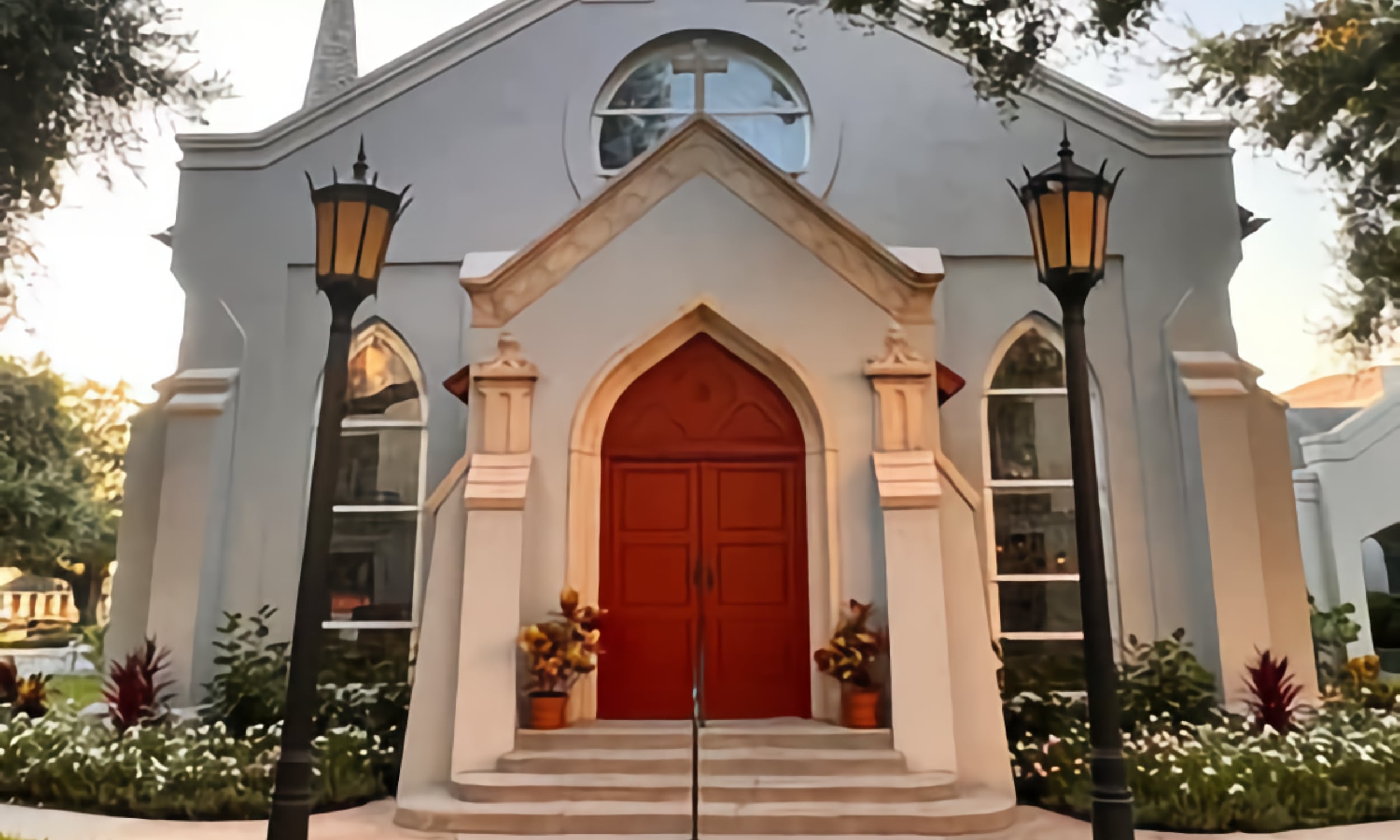
Art and Architecture
Trinity’s architecture features coquina stone walls and a cruciform layout. Inside, visitors will find 28 stained glass windows, including one crafted by Louis Comfort Tiffany. The windows reflect the church’s long history, with some dating as far back as 1859.
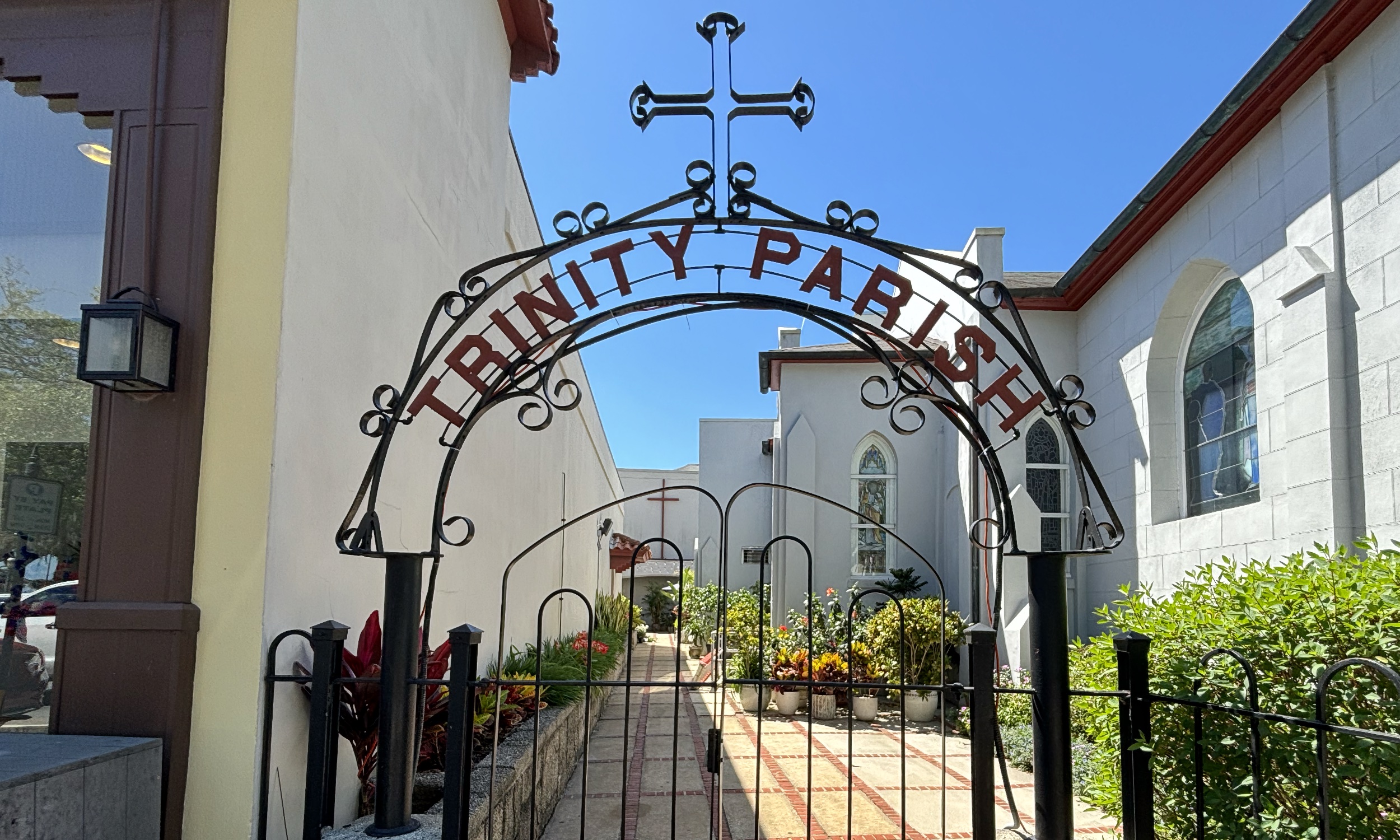
Plan Your Visit
Worship and Tours
Trinity Parish has two campuses: the original in downtown St. Augustine and a North Campus in Silverleaf. Trinity Parish offers weekday morning prayer at 7:45 a.m. and three Sunday services at the downtown location: a 7:30 a.m. spoken service, a 9:00 a.m. blended music service, and an 11:15 a.m. traditional music service, with children's chapel and infant nursery available at the latter two. At the North Campus (6350 CR16A), a 10:00 a.m. Sunday service features blended music and childcare. Historic tours of the downtown location are available on Friday and Saturday afternoons, with both guided and self-guided options.
Parking
Free parking is available on Sundays at:
- Trinity Parish lot at St. George Street & Artillery Lane.
- Lightner Museum lot on Cordova Street.
- Cathedral Parish School lot on Bridge Street.
Explore More
Trinity Parish is just one of many sacred sites that tell the story of faith, resilience, and community in the nation's oldest city. To learn more about other historic churches, including those central to St. Augustine’s Black history, such as St. Cyprian’s Episcopal and St. Benedict the Moor, visit our Historic Churches page. For more on on the civil rights movement in Northeast Florida, check out Black History in St. Augustine or Download St. Augustine's Black History App.
Trinity Parish Episcopal Church
(904) 824-2876 Across from the Plaza
215 St. George Street
St. Augustine, FL 32084

